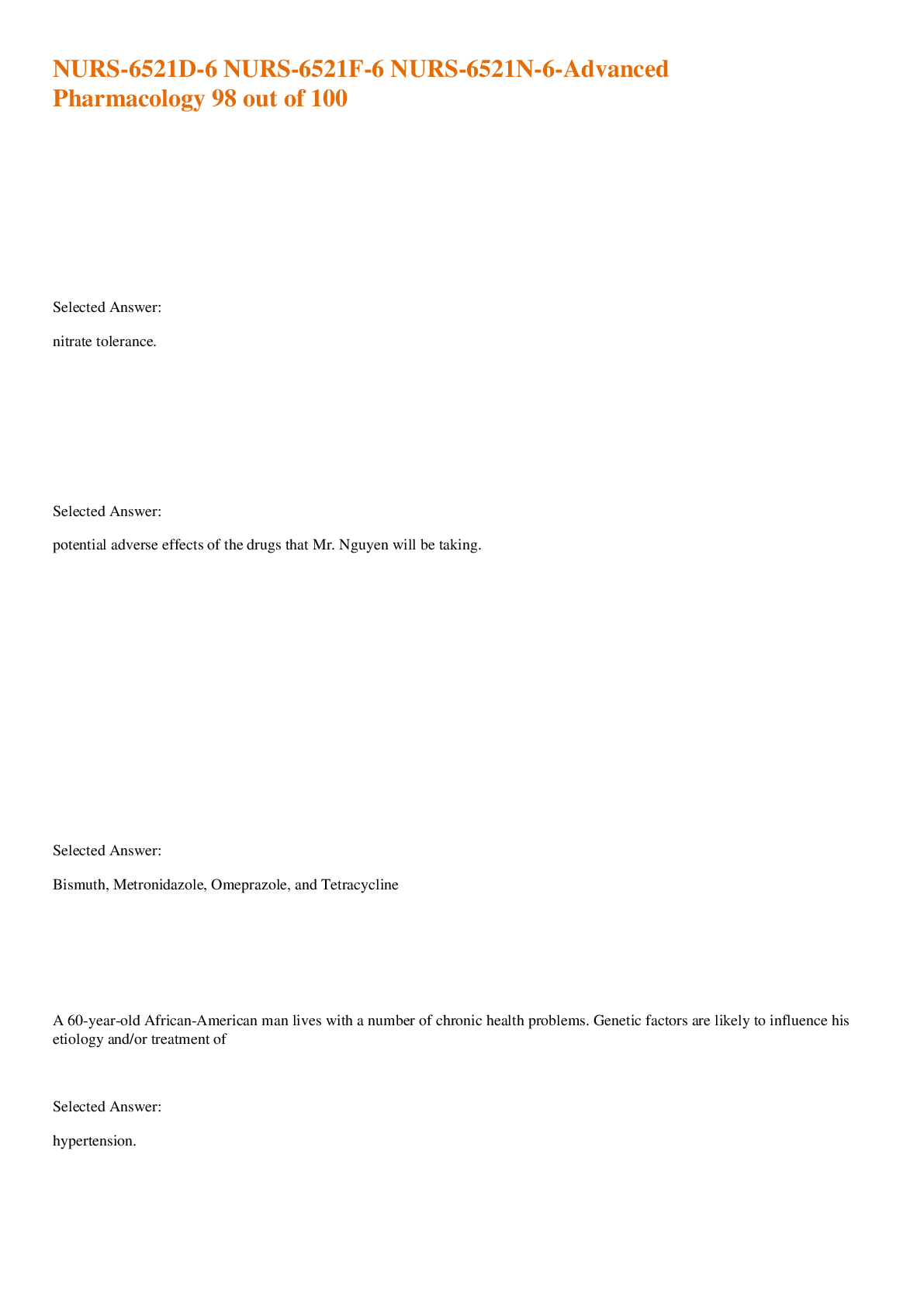*NURSING > EXAM > AHA Pediatric Advanced Life Support 2025 Exam / PALS 2025 with Verified Questions and Answers (All)
AHA Pediatric Advanced Life Support 2025 Exam / PALS 2025 with Verified Questions and Answers
Document Content and Description Below
1. A 6 month old infant is unresponsive. You begin checking for breathing at the same time you check for the infants pulse. Which is the maximum time you should spend when trying to simultaneously che... ck for breathing and palpate the infants pulse before starting CPR? a. 10 seconds b. 15 seconds c. 20 seconds d. 1 min 2. A 4 year old child is brought to the emergency department for seizures. The seizures stopped a few minutes ago, but the child continues to have slow and irregular respirations. Which condition is most consistent with your assessment? A. Vascular resistance B. Pulse rate C. Lung compliance D. Disordered Control of breathing 3. An 8 year (or 18 months or toddler) old child is brought to the emergency department with a 2 day history of (vomiting and diarrhea.) lethargy and polyuria. The child has new onset rapid, deep, and labored breathing. Which diagnostic test should you order first? A. Arterial blood gas B. Serum potassium concentration C. Glucose D. A 12-lead ECG 4. After rectal administration of diazepam, an 8 year old boy with a history of seizures is no unresponsive to painful stimuli. His respirations are shallow, at a rate of 10/min. His Oxygen saturation is 94% on 2L of NC oxygen. On examination, the child is snoring with poor chest rise and poor air entry bilaterally. What action should you take next? 5. After rectal administration of diazepam, an 8 year old boy with a history of seizures is no unresponsive to painful stimuli. His respirations are shallow, at a rate of 10/min. His Oxygen saturation is 94% on 2L of NC oxygen. On examination, the child is snoring with poor chest rise and poor air entry bilaterally. After repositioning the patient and you insert an Oral airway, the patient continues to deteriorate. What next step is the most appropriate? 6. A 6 year old child is found unresponsive, not breathing, and without a pulse. one health care worker leaves to activate the emergency response system and get the resuscitation equipment. You and another healthcare provider immediatly begin CPR. Which compression to ventilation ratio do you use? a. 15:2 b. 30:2 c. 15:1 d. 30:1 7. In post resuscitation management after cardiac arrest, extra care should be taken to avoid repercussion injury. what should the ideal oxygen saturation range most likely be? A. 92% to 100% B. 92% to 99% C. 94% to 99% D. 94% to 100% 8. A 3 year old child is in cardiac arrest, and high quality CPR is in progress. You are the team leader. The first rhythm check reveals the rhythm shown here. Defibrillation is attempted with a shock dose of 2 J/kg. after administration of the shock, what should you say to you team members? A. Resume CPR, beginning with chest compressions B. Check for a pulse C. Analyze the rhythm D. Administer epinephrine 9. A 4 year old child in cardiac arrest is brought to the emergency department by ambulance. High quality CPR is being performed. The cardiac monitor displays the rhythm strip shown here. The estimated weight of the child is 20 kg. What dose range should you use for the initial defibrillation? a. 4-6 J/kg b. 6-8 J/kg c. 0.5-2 J/kg d. 2-4 J/kg [Show More]
Last updated: 3 months ago
Preview 3 out of 9 pages

Loading document previews ...
Buy this document to get the full access instantly
Instant Download Access after purchase
Buy NowInstant download
We Accept:

Reviews( 0 )
$14.50
Can't find what you want? Try our AI powered Search
Document information
Connected school, study & course
About the document
Uploaded On
Feb 24, 2025
Number of pages
9
Written in
Additional information
This document has been written for:
Uploaded
Feb 24, 2025
Downloads
0
Views
23

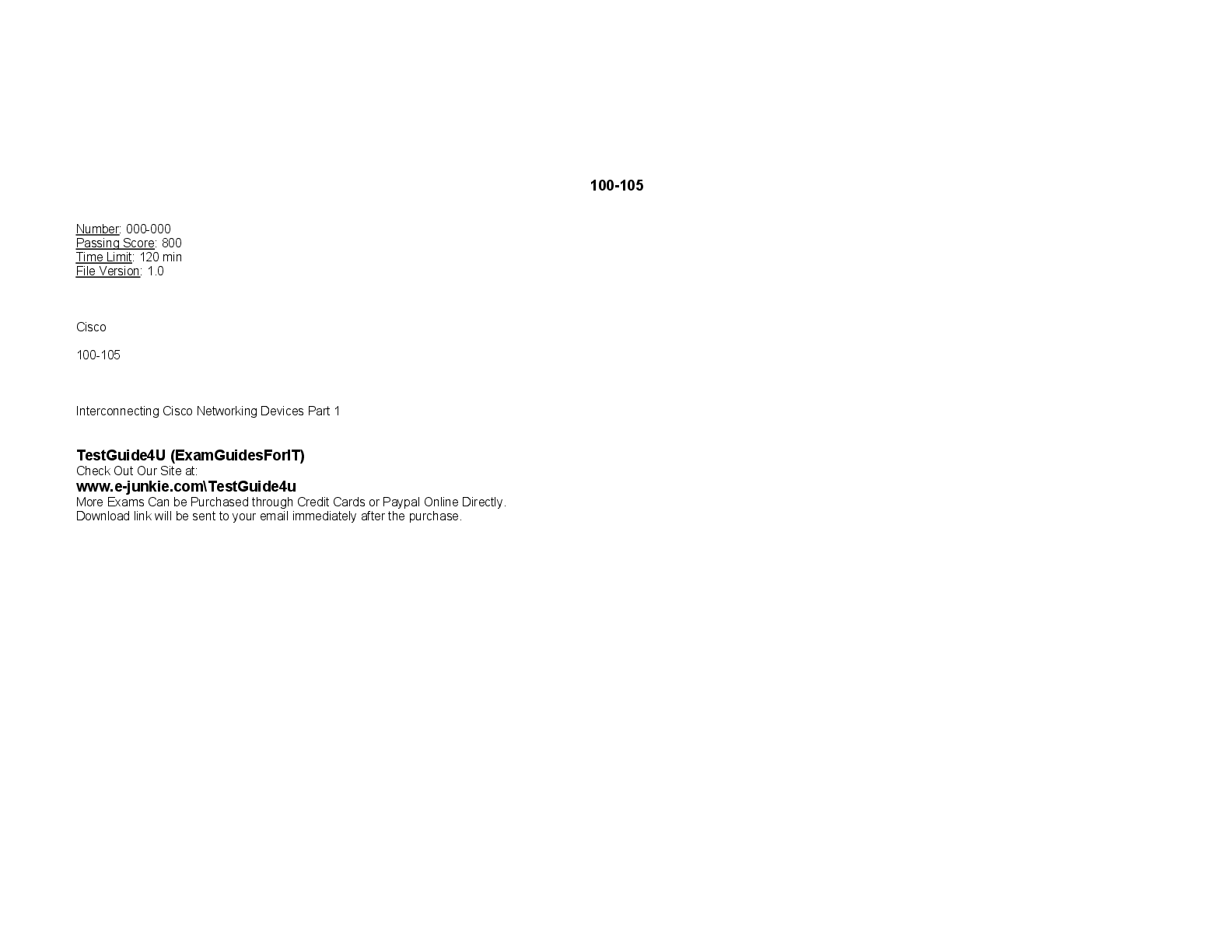
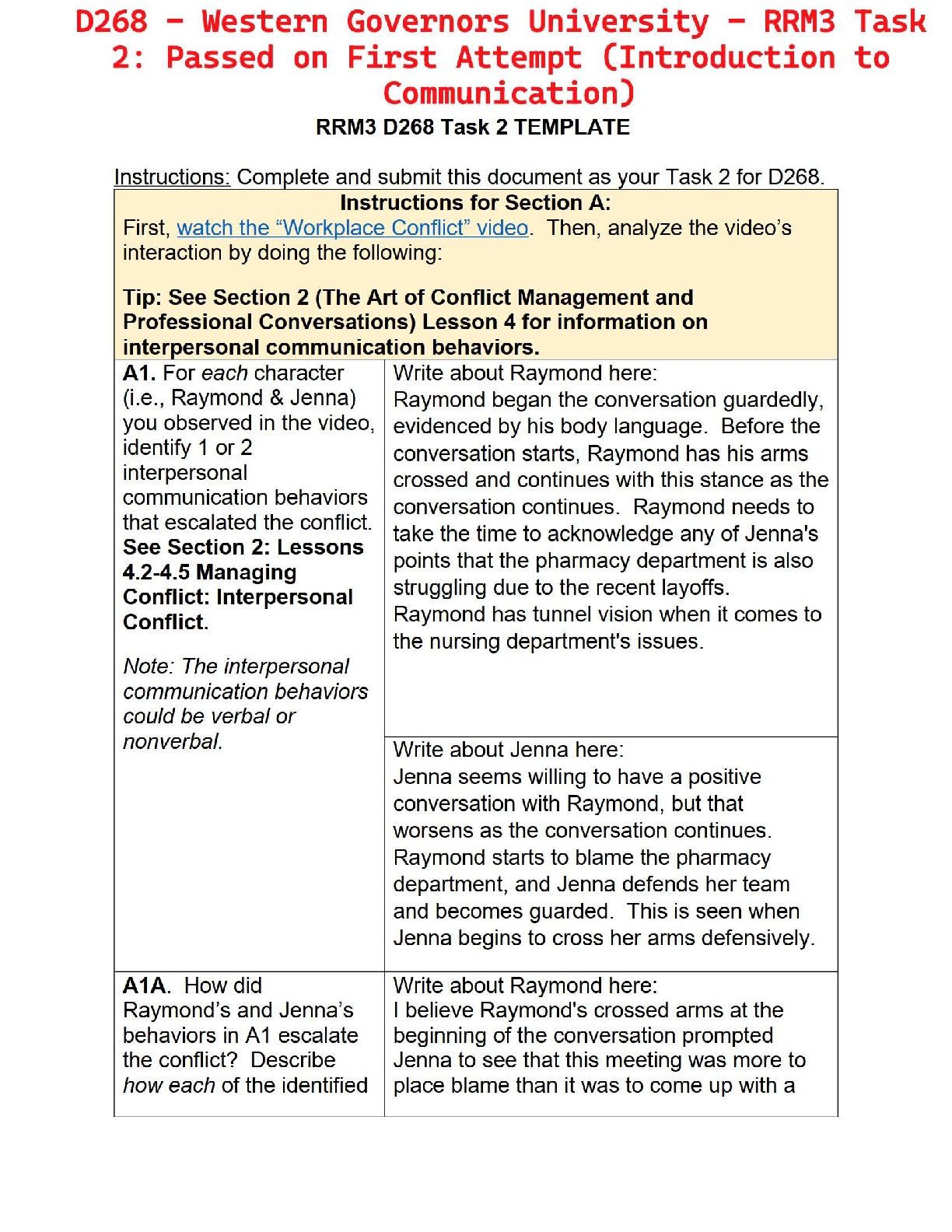
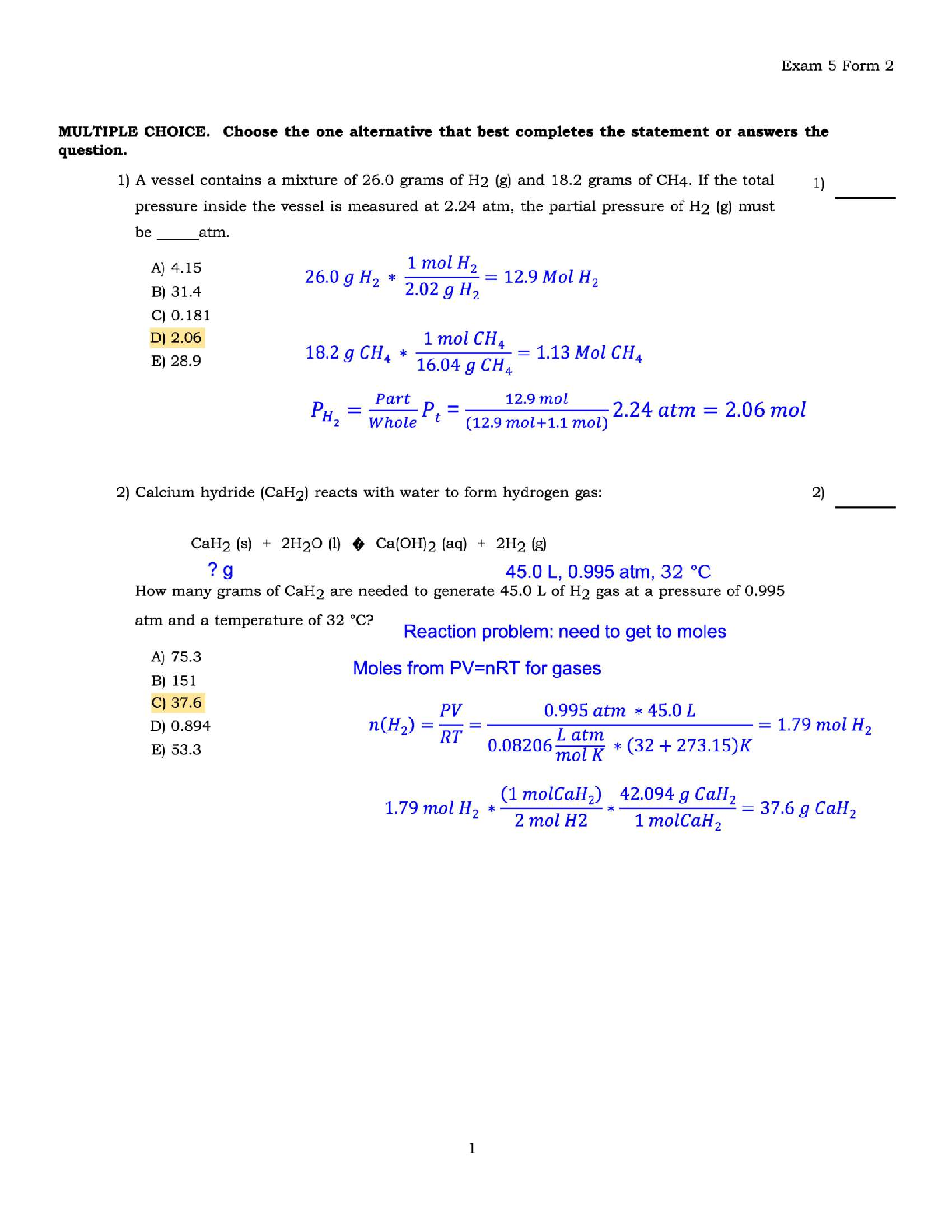
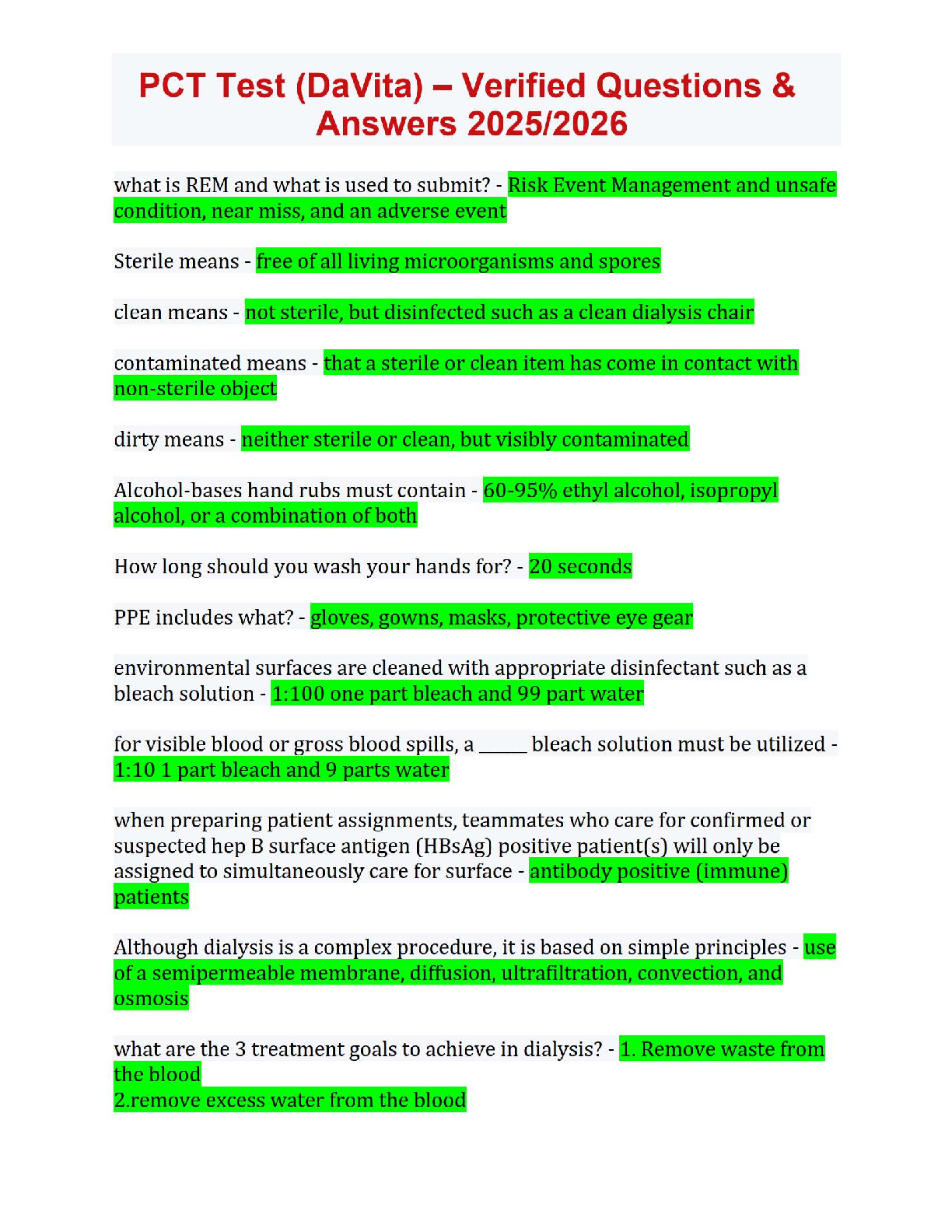
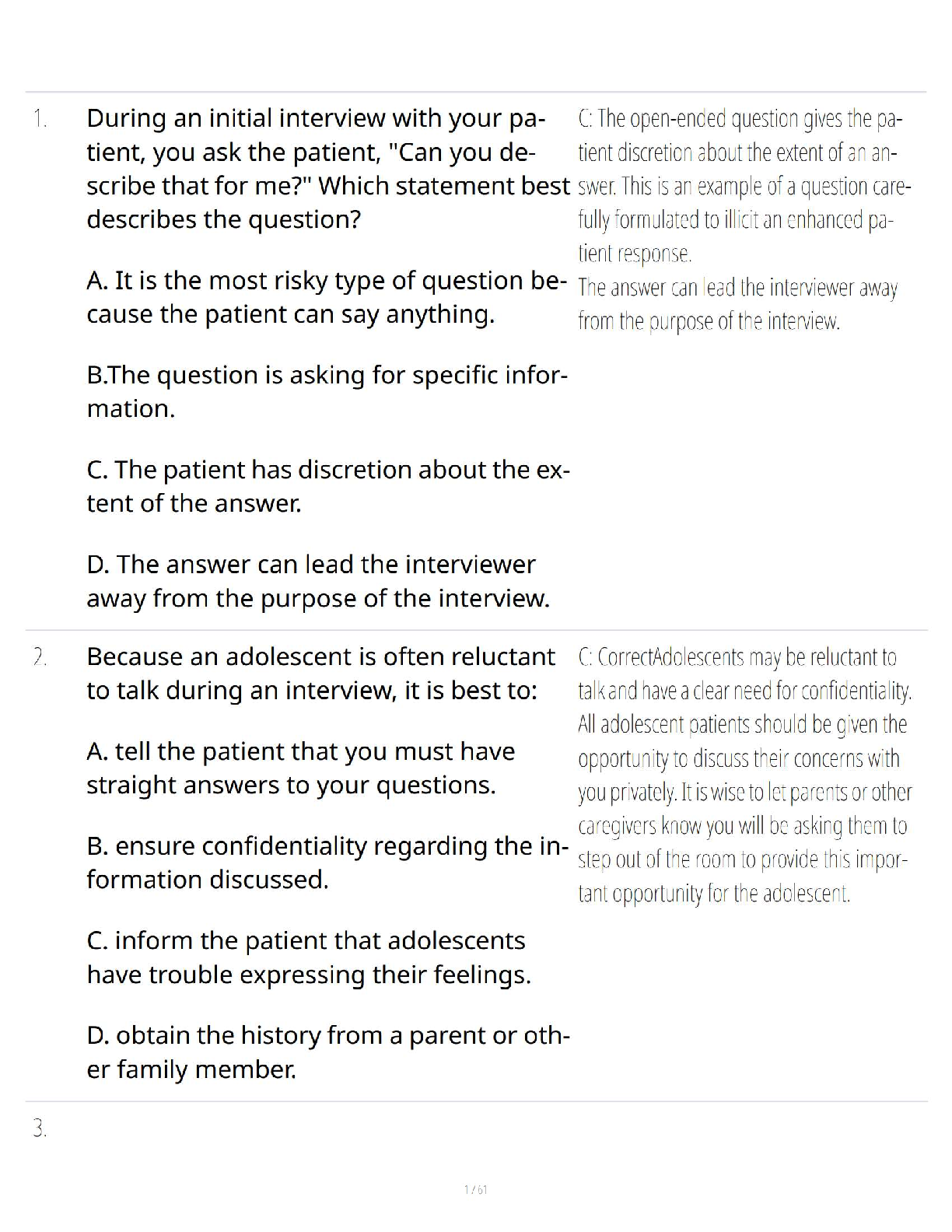


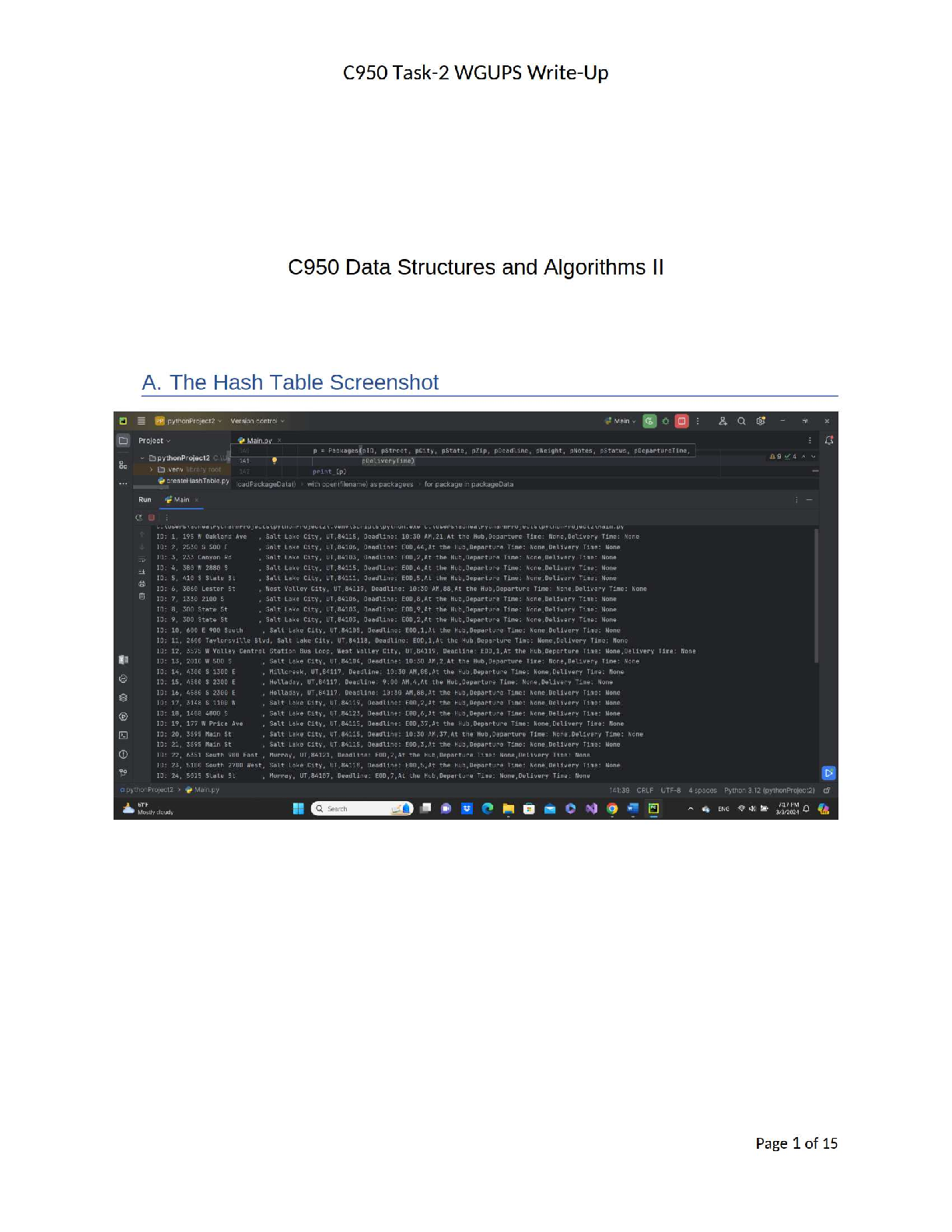

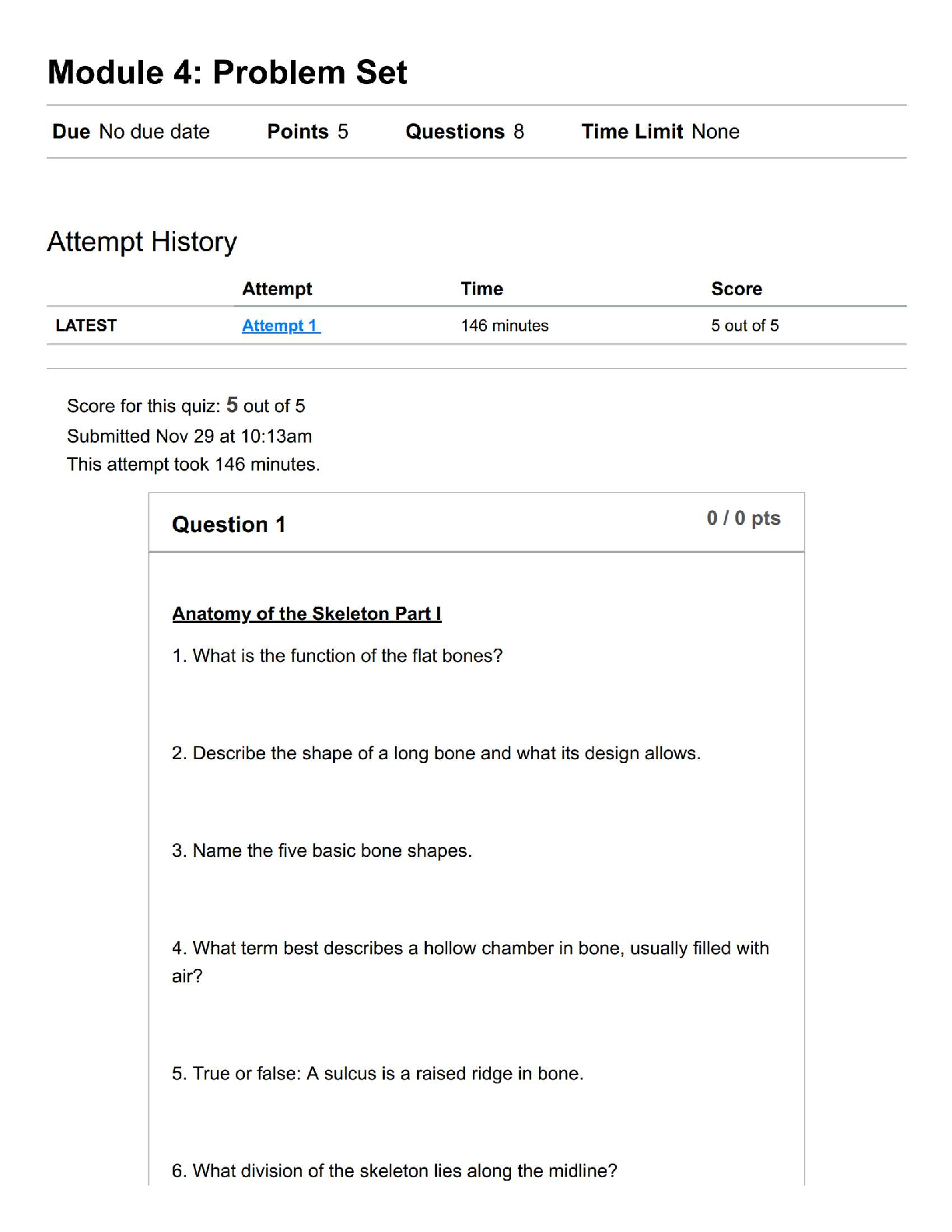
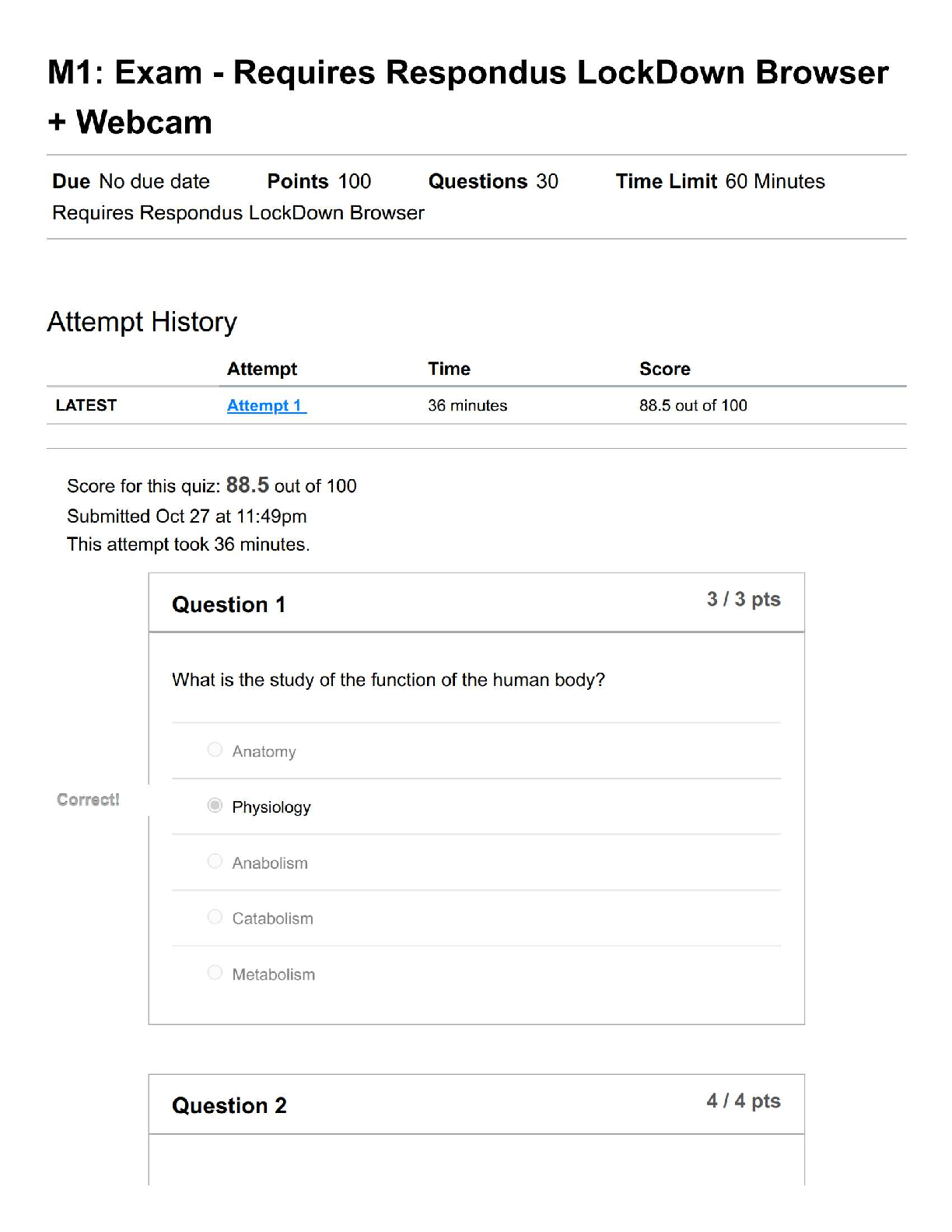

.png)






.png)


